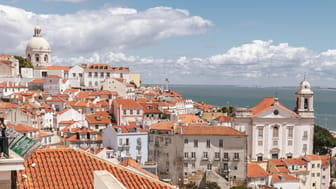Rossio Train Station
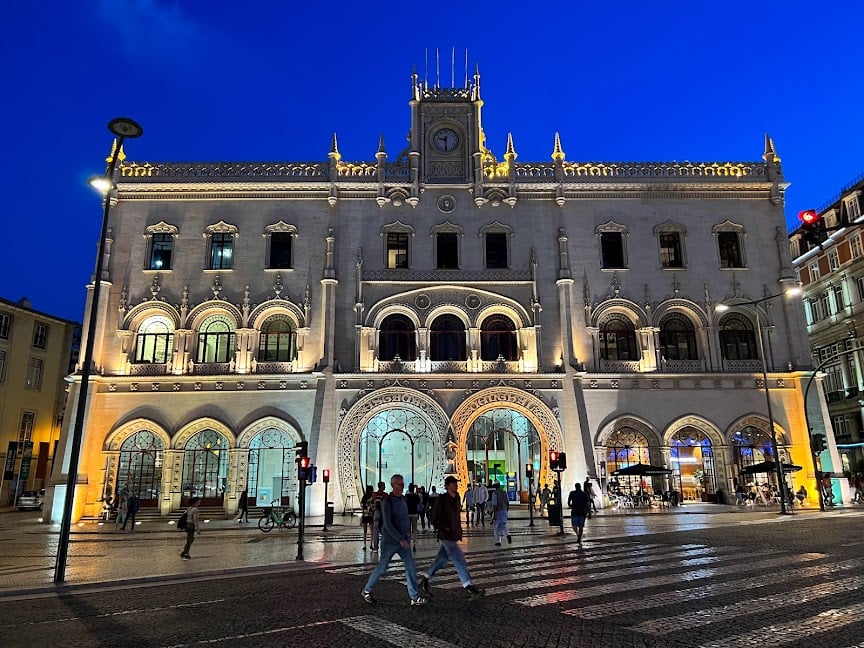
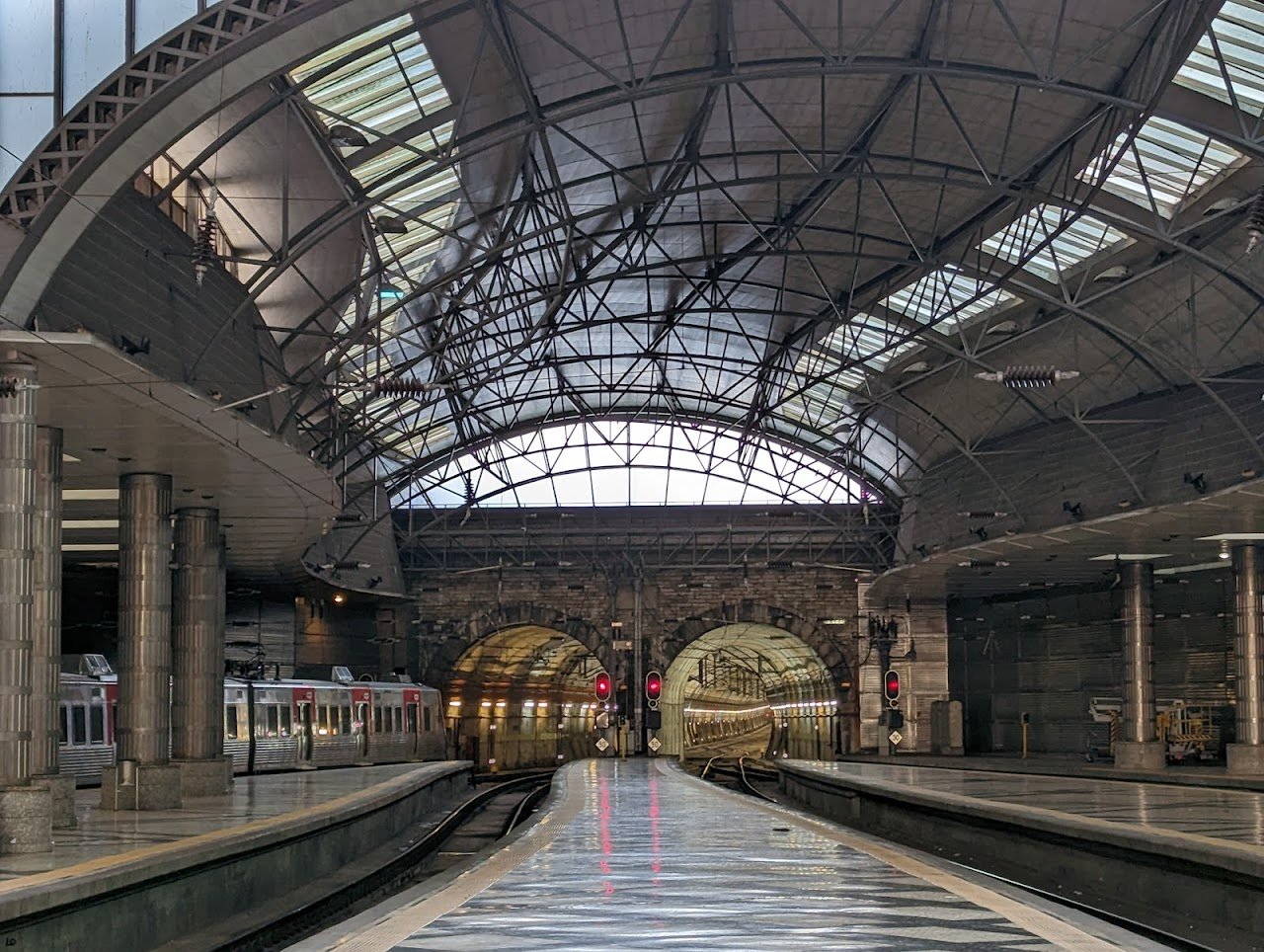

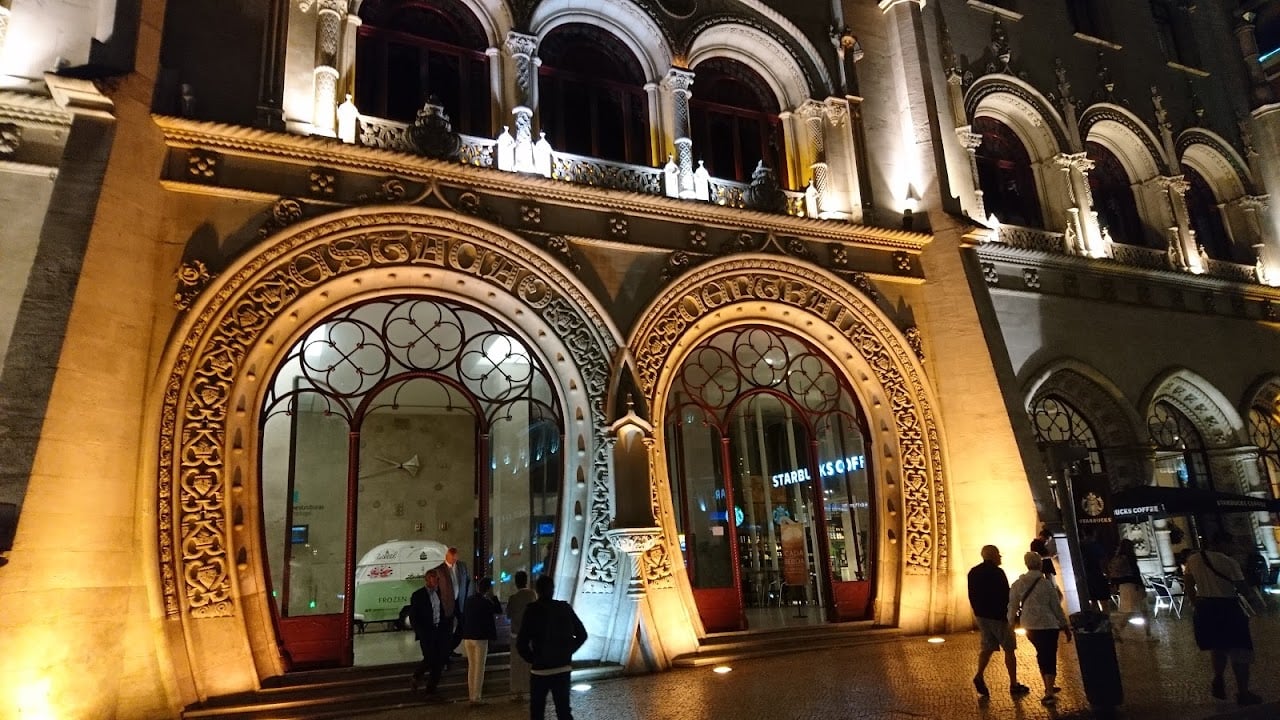
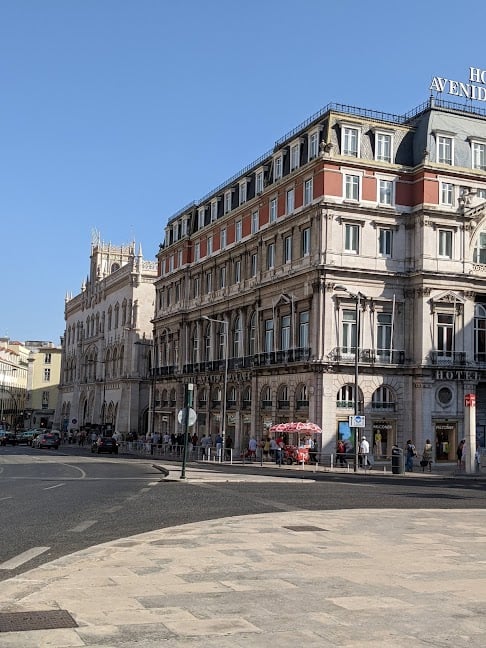
Ask ThatchGPT
Suggest a local expert to plan my trip
Suggest an unique itinerary for my Portugal trip
What foods do Portugal locals eat
What are some true hidden gems in Portugal
Help me brainstorm trip ideas for Portugal
Help me plan a family-friendly trip to Portugal
What people say
Pedro Pereira
Available for hire
"There is a lot to see and discover at Rossio Station, built to be the Central Station, ensuring connection to the main lines of the Portuguese railways and, later, also international connections through the SudExpress.
Officially opened on June 11, 1890, the Lisbon-Rossio Station was then called Avenida Station or Central Station.
The design of the passenger building and the roof of the boarding platforms in an iron and glass structure was commissioned from the architect José Luís Monteiro, who was forced to adopt the neo-Manueline style, a revival of a genuinely national style. Monteiro's mastery is revealed in the way he designs the station's insertion into the urban environment, resolving, through the building, the large gap between the platform floor and the current Largo do Regedor.
Also noteworthy is the tunnel that, 2,613 meters long, connects Rossio to Campolide Station, Largo Duque de Cadaval and the set of ramps that overcome the difference in level between this square and the floor of the railway lines. The uniqueness of the complex also lies in the design of the facades. Elements of the Manueline vocabulary are combined – flowers, pinnacles, lacy platbands crowning the facades, armillary spheres and statuary (El Rei D. Sebastião) – with railway symbolism – the clock, the medallions with the effigies of Stephenson, from Fontes Pereira de Melo and King D. Luís, in an eclectic composition of stone, iron and glass.
On the middle floor of the building is the King's Room, an ex-libris of Portuguese railway heritage, and on the upper floor, on one side, the ceramic paintings by Lucien Donnat and Rogério Amaral stand out on Portuguese products such as sardines, cork , wine and earthenware, offered by the Export Promotion Fund, in 1958 and, on the other side, the tile panels by Lima de Freitas on myths and legends of the city of Lisbon (1995)."
Chantel Loura
Available for hire
"If you want to travel to Sintra on a budget and avoid a guided tour, you have trains departing from Rossio train station in Lisbon every 20 Minutes towards Sintra. The schedule can change during wintertime! The first train leaves Rossio train station at 5:41 AM and the last train from Lisbon to Sintra leaves at 1 AM."
Maya Bolaky
"Useful for day trips out of the city"
Read more in:
Mentioned in these guides
About Rossio Train Station
Get the inside scoop on Rossio Train Station from local experts, travel creators, and tastemakers. Browse genuine trip notes, Rossio Train Station reviews, photos, travel guides, and itineraries from real travelers and plan your trip with confidence.
Save this spot for later or start mapping out a new trip today
Try our AI Travel Assistant and get instant answers to any questions about your trip.
Ask ThatchGPT

